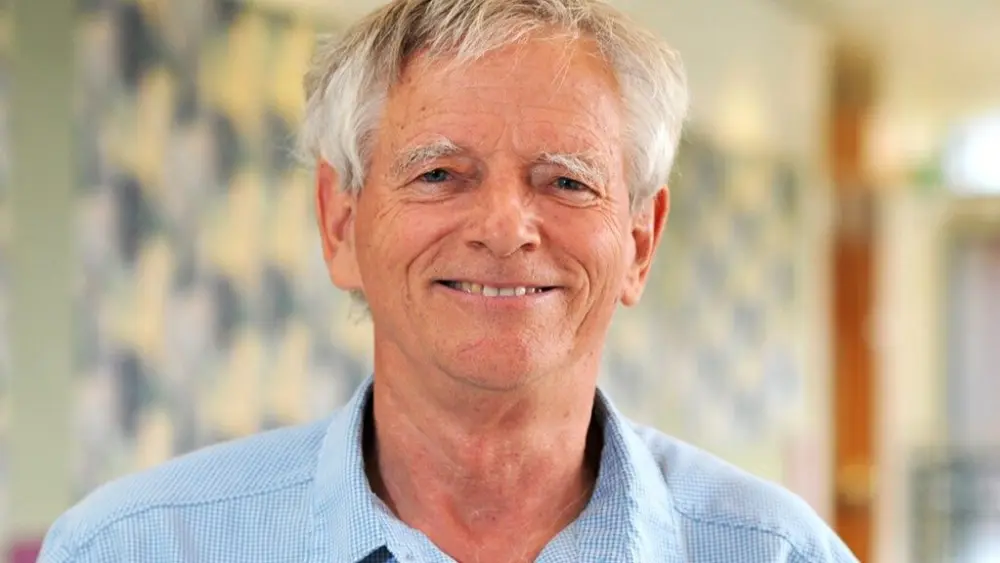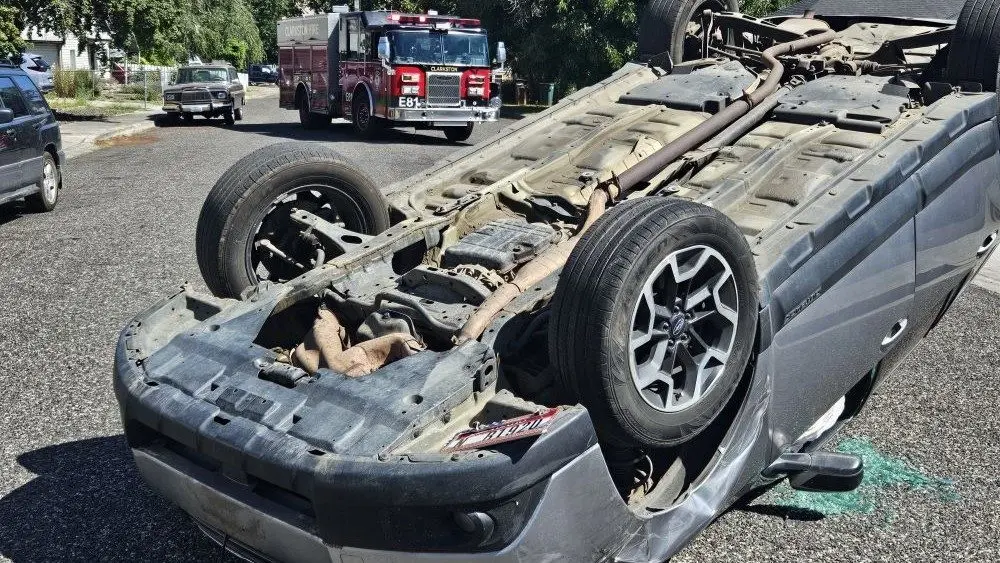
Keeping pace with her childhood dream, she was more concerned about the quality of her work and the animals she cared for than what anyone else thought about her gender.
“I knew what I wanted to do; I just didn’t think anything was going to stop me,” Wardrop said.
Five decades later, many women have followed in Wardrop’s footsteps to change the gender dynamics of the veterinary profession. Two-thirds of licensed veterinarians in the United States are now female, and Wardrop played an integral role in many of their careers.
A professor in her 40th year at her alma mater, Wardrop has educated thousands of veterinarians and directed the Clinical Pathology Laboratory at WSU’s Veterinary Teaching Hospital for 27 years. She is also credited with starting WSU’s Veterinary Blood Bank and Transfusion Medicine Program in 1989. Blood from the program’s volunteer canine and feline donors saves an estimated 100 animals each year.
Looking back, Wardrop considers the bank, which has served as a successful model for other blood banks at veterinary clinics around the nation, her greatest career accomplishment.
“Patients that were going to die didn”t,” Wardrop said. “It saves lives. We could not do the sophisticated surgeries we do here without blood transfusions. We couldn’t keep half of these animals in the ICU alive without transfusions. Once you’re without blood, you discover how badly you need it.”
Wardrop will walk away from her career leaving a mark not just on WSU but on the veterinary field as a whole this coming fall. Her early research into red blood cell collection and storage was critical to determining the 35-day shelf-life of donated blood in dogs, which remains the standard today.
“We were the first group really to identify the time span that you could use for canine red blood cells,” Wardrop said. “Nobody else had done that yet.”

In recent years, the blood bank has grown to include four time-slip students and 2 part-time staff for blood collection and processing, as well as Dr. Jillian Haines (‘09 DVM), a former student who will direct the bank as Dr. Wardrop retires.
But for much of the blood bank’s existence, Wardrop alone recruited blood donors, processed blood, and tracked blood inventory for patients she would help save but often never meet.
Wardrop attributes her love for animals to her father — a lifelong commercial fisherman — and her passion for medicine to her mother — a nurse. Her unwavering work ethic was fueled by her hardworking parents and the loss of her mother and grandmother two months apart when she was just 14 — the same age she took her first job at Ebright Animal Hospital in her hometown of Bellingham, Washington.
“I had to work much harder when my mom died because no one else would,” Wardrop said. “I remember going to my friends and they’d complain because they had to do laundry. And I’m like, ‘good grief, just do it.’”
Throughout her schooling and her 40-year career at WSU, Wardrop has taken that same initiative in everything she does, and she’s found joy doing it.
“I feel very lucky I found what I wanted early in life and discovered an aspect of veterinary medicine I adore. I think that’s all people want out of what they do. If they feel they can make a difference, it gives you purpose, and that’s where happiness comes from, right?” she said.




